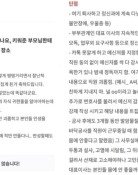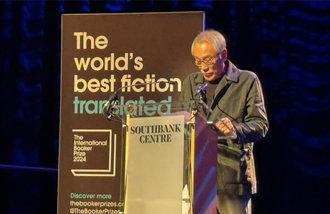Hyundai Motor conducts largest R&D revamp
Hyundai Motor conducts largest R&D revamp
Posted February. 02, 2012 08:28,
Hyundai Motor`s planned reorganization of its R&D facilities is the largest scale since 1996, when it established its main research center.
The Namyang Technology Research Center in Hwaseong, Gyeonggi Province is the largest research organization in the Korean automotive industry, with some 10,000 workers including 8,500 researchers, those dispatched by suppliers and workers producing prototypes.
The retooling of Namyang, the heart of Hyundai Motor Group, is in line with Chairman Chung Mong-koo`s strong determination to "start the development of new cars from scratch."
The Dong-A Ilbo learned Wednesday that Chung gave the final green light to the planned reorganization of the Namyang center Jan. 20.
Namyang is divided into three development centers for different types of vehicles in line with their production processes. Center 1 is for developing small and compact cars and Center 2 for mid- to large-size models. Center 3 is tasked with developing SUVs. Just as Hyundai`s Santa Fe and Kia`s Sorento SUVs are produced on the same assembly line, each center is responsible for R&D projects for the types of cars assigned to it.
Under the planned reorganization, Hyundai will break away from development based on vehicle type and form research organizations based on vehicle component systems such as chassis and frames. For instance, a chassis center will conduct integrated development projects for chassis used in all vehicle types.
The new research system will bring together in one team the automaker`s chassis experts, who are now separated by vehicle type, so that they can develop the world`s top-class chassis. Hyundai also plans to set up a research team to work on the development of future cars.
While the reorganization plan will streamline the research facility`s organizational structure, Hyundai plans to expand its human resources under a strategy of preemptively strengthening R&D efforts to aim at becoming the world`s top automaker. The R&D workforce will be raised from 8,500 to 13,000 employees within three to four years and aggressive hiring of foreign talent will be conducted.
Hyundai`s overhaul of its R&D center indicates the automaker`s will to become a leader, not a follower, in the global auto industry by retooling as an advanced research-specialized organization. The R&D facility has been subordinated to the company`s production divisions, as the carmaker has focused on manufacturing sellable cars.
Hyundai has reduced the number of its vehicle platforms from 18 to six and will make a further cut to four by 2014. The more types of vehicle a carmaker produces with one platform, the higher its profitability and the shorter the product development periods. Hyundai`s Sonata and Kia`s K5 mid-sized sedans share the same platform.
The specialty of each sector must be raised in the process of expanding platform sharing. Advanced foreign companies such as Volkswagen, Bosch and Continental divide their research organizations based on systems such as power train, chassis and safety to enhance each division`s expertise and optimize platform sharing.
Toyota Motor also divides its R&D centers based on research sector such as basic engineering, materials development and new car research.
"Top management decided that it`s inevitable to overhaul Hyundai`s research organization to achieve optimization, which is the buzzword at Hyundai," a senior Hyundai source said. "Since we`re now among the world leaders in production size, the research reorganization is part of our plan to solidify our operations."
wiseweb@donga.com gene@donga.com







